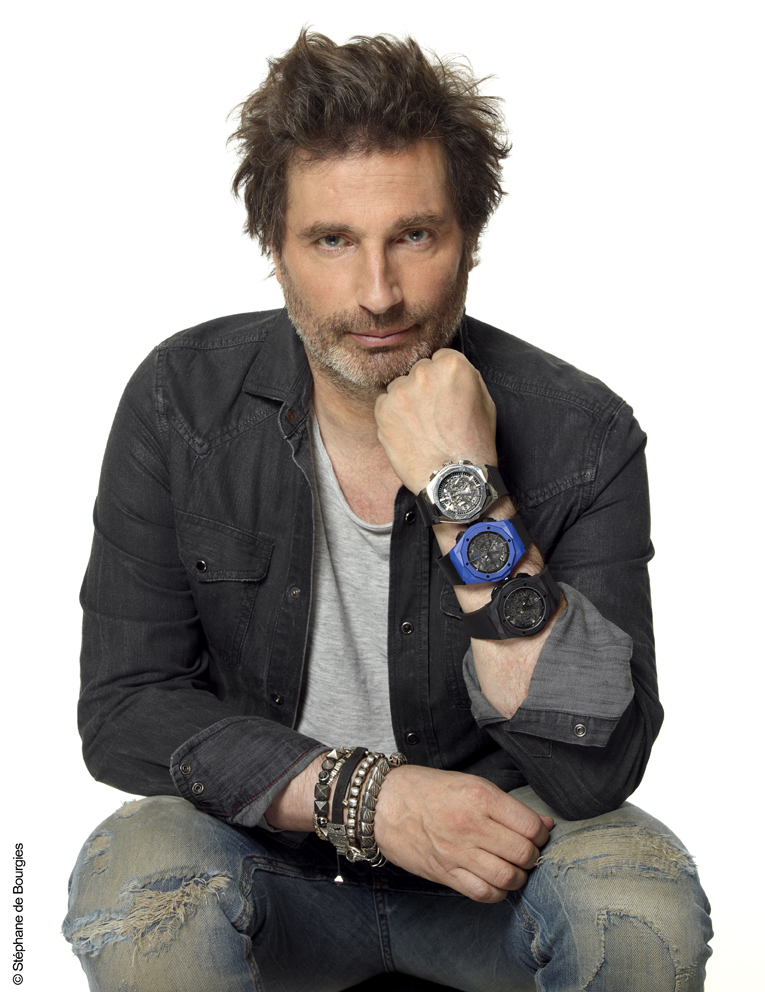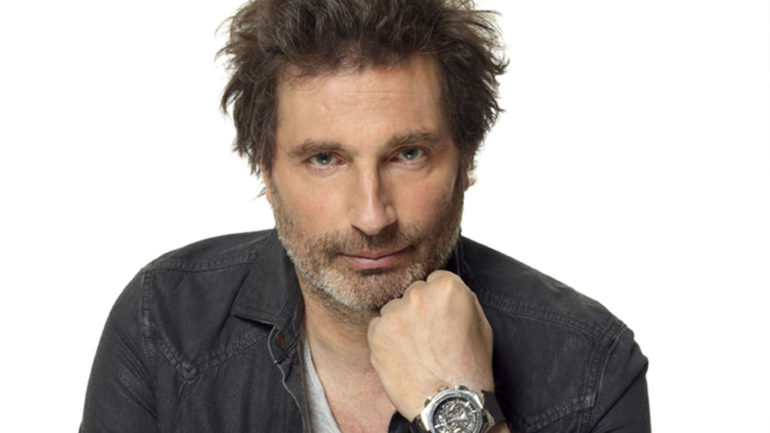Your colourful and wild world has rewritten the codes of contemporary art. How do you react to the public’s fascination for your artwork?
Very well thank you! But it hasn’t always been like this. When I started out in the art world it was fairly complicated. Not so long ago I didn’t like to say what I did for a living at dinner parties! On the other hand, the snobbism that surrounds contemporary art today really doesn’t interest me! I know where I stand and am happy with what I do and to be able to share it with a lot of people. Transmission and sharing are what motivate me the most.
You collaborate with a number of big names like Hublot and Disneyland Paris. What motivates you to take your art even further in such diverse fields?
I think I am naturally curious, I love meeting people and exploring different fields. I am fortunate in that I can count on partners who have confidence in me and who allow me to do what I want. From a creative point of view, this is extremely stimulating. It means I can connect with even more people, and make art something central to our everyday lives.
I am constantly looking to devise a story with my partners, whether it is Disneyland Paris or Hublot. I like stories that go down with time.
Art is everywhere, whatever the sector, which for me makes sense and is something extremely interesting. Unfortunately, in France, things are still very segmented, we like categorising people which often makes it hard to change.


Your book “Le choc des titans” puts you up against another major French artist, François Pompon. What is the message you want to communicate through this book?
For me, the book was the logical consequence of the exhibition we organised last year in Saulieu (François Pompon’s home town) “Richard Orlinski, François Pompon, le choc des titans”. There was enormous interest in the show. In Saulieu you got the impression our sculptures were talking to one another.
François Pompon, Rodin’s workshop manager, was everything but academic in his work! He sought to rejuvenate wildlife art which led to a lot of criticism, notably because of the simplistic lines of his sculptures. People said it was easier than making something more realistic while in reality it is extremely hard to simplify because it means creating lines that don’t exist! I was also regularly criticised when I started out.
In the book, I find the discussions between the works really interesting, it’s an exchange, sharing. The work is poetical and I am extremely proud and honoured to see my work compared to that of François Pompon.



The gallery was not found!


